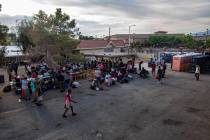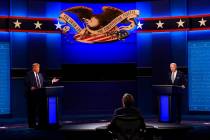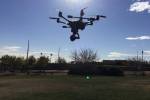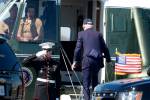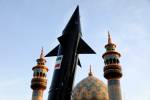EDITORIAL: Drone industry must address collision risks
The unmanned aerial vehicle industry could create more than 100,000 U.S. jobs, with an economic impact of $82 billion within 10 years, according to a study prepared for the Association for Unmanned Vehicle Systems International. Those positions will include everything from computer software development to engineering, manufacturing and piloting.
But those numbers will take a nosedive if a drone collides with a commercial airliner and causes an aviation catastrophe. Even though the Federal Aviation Administration hasn't yet finalized commercial rules for UAV operation, and even though drone operation is far from widespread, airline pilots already have reported near-misses with flying devices that shouldn't be so close to airports. Drones also have hindered wildland firefighters in California, creating safety hazards for planes and helicopters that drop water and retardant from the air.
It's a huge liability for an industry that Nevada is counting on to help diversify the state economy. Last year, Nevada was one of just six states to receive a two-year certificate of authorization for drone testing from the FAA. State leaders believe Nevada's share of the aforementioned economic data could total 15,000 jobs by 2025.
So it was encouraging to see the issue addressed in Las Vegas this week during the 20th annual Boyd Group International Aviation Forecast Summit at Bellagio. As reported by the Review-Journal's Richard Velotta, the UAV industry is taking steps to prevent drone-airplane collisions by developing sense-and-avoid technology that's already in use in many aircraft. Another potential solution: "geofencing" technology that, through the global positioning system software that many drones use in navigation, blocks UAVs from ever entering unauthorized elevations and airspace.
If the technology is successful, the UAV industry eventually will share the skies with manned commercial aircraft.
"Integration is possible," Lawrence Brinker, executive director of the Northeast UAS Airspace Integration Research Alliance, told about 100 people during a pre-conference session. "The knuckleheads that operate without regard to the safety of general aviation are the ones we have to figure out a solution for."
Indeed. The UAV industry is the new kid on the block. As such, it bears the burden of making its technology foolproof — literally. One reckless idiot could bring the entire industry down and flush billions of dollars in investment. Nevada and the rest of the country can't afford to see such an important innovation fly away.









